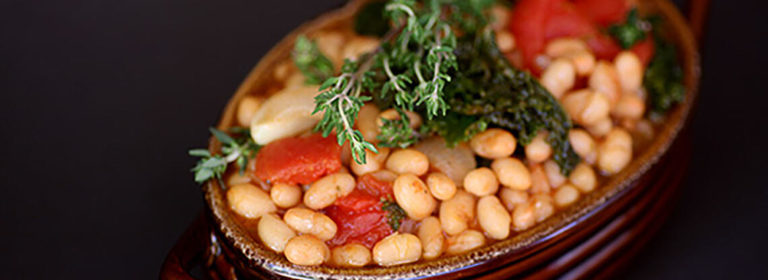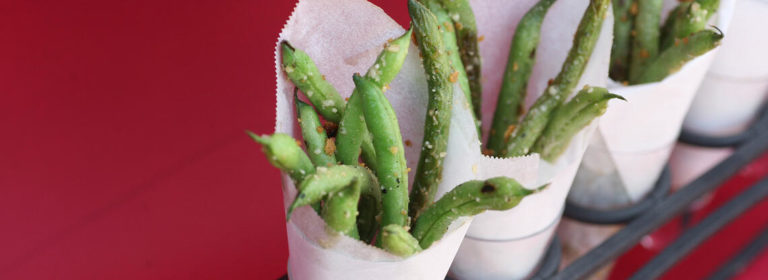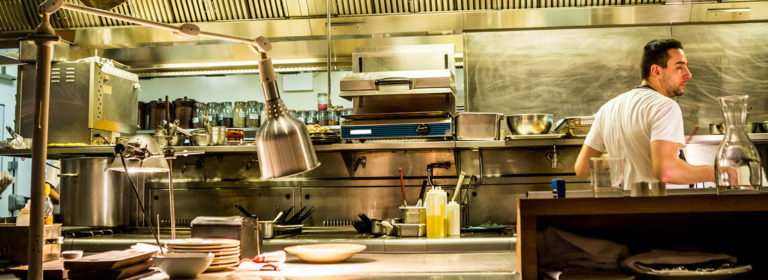Menu mentions this year have been dominated by the cuisines of equatorial regions and countries such as West Africa, Japan, the Caribbean, the Middle East, and Indonesia. Typically hotter with greater biodiversity, these areas tend to use more ingredients, including fresh produce, herbs, and spices. Which is your favorite?
- West Africa: Dishes from the Atlantic side of this continent have popped up on North American menus recently with great success. Ingredients like collard greens, ginger, turmeric, plantains, sweet potatoes, cassava, okra, and peanuts are blended with smaller portions of meat and dairy. Look for dishes like jollof rice, suya, and fufu to continue their upward trend.
- The Caribbean: Puerto Rican, Cuban, and Dominican foods combine sweet and savory ingredients with a hint of heat. Favorite ingredients to add to your mashups include plantains, jerk spice pastes, okra, chile pepper, onions—and plenty of seafood!
- The Middle East: Spice blends such as baharat, za’atar, dukkah, and sumac are becoming familiar names as are dishes like fattoush, tabbouleh, and hummus, using regional staples, including garlic, lemons, eggplant, tomatoes, mint, parsley, sesame, honey, dates, and olives.
- The Phillipines: Filipino cuisine has exploded in popularity with its combination of sweet, sour, and salty flavor combinations. The country’s colonial history has made this food a melting pot with influences from Spain, Mexico, China, and Southeast Asia. Modern American menus are now exploring dishes like lumpia, adobo, pancit, and halo halo using cabbage, garlic, ube, and mild peppers.




